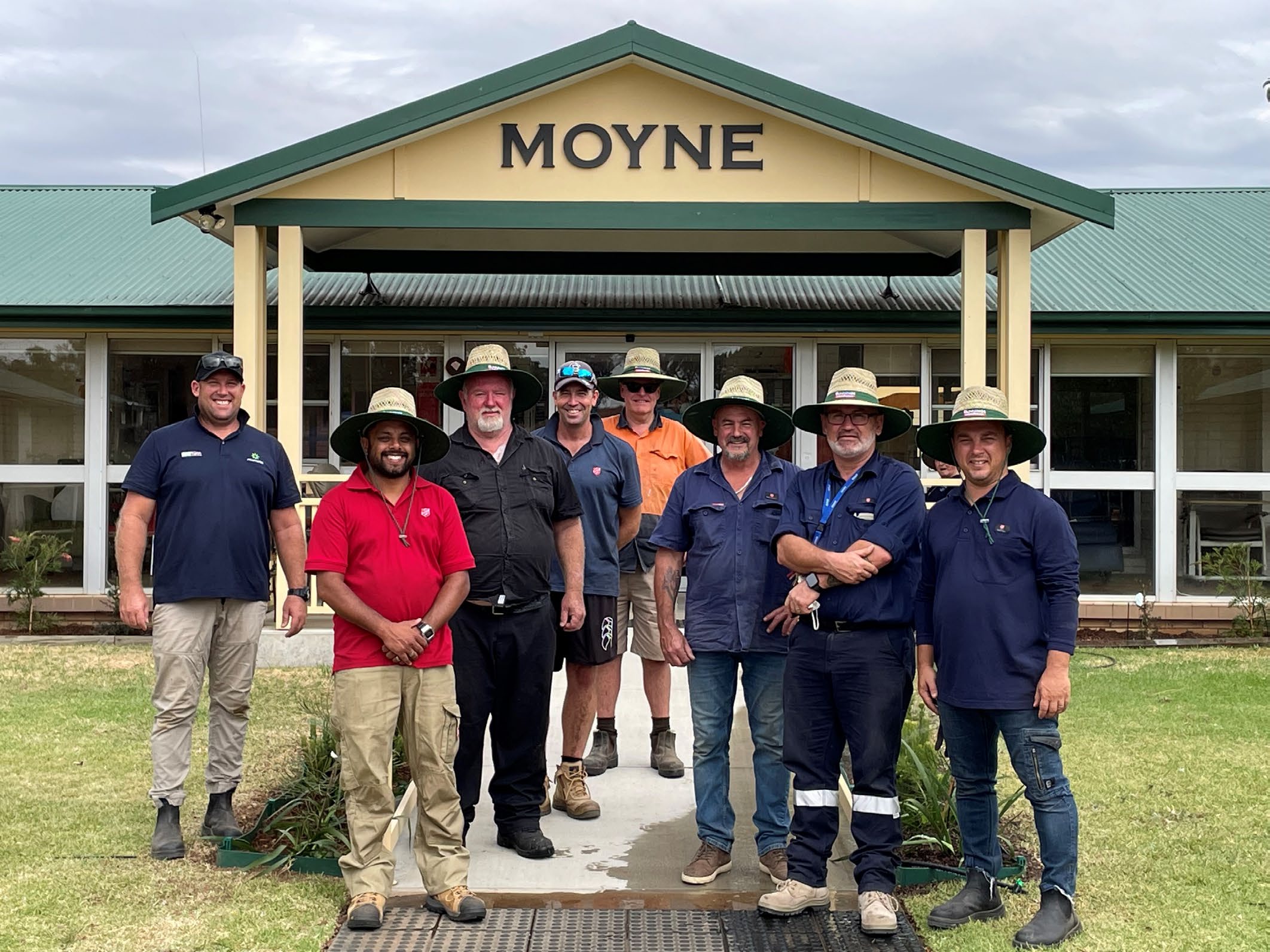There’s no denying employment in Australia’s mining industry has been on the decline. The industry in Australia employs about 225,000 people, which is around 1.8 per cent of the total workforce and over the past five years, has decreased by about 14 per cent.
But the good news is, confidence is returning to the mining sector and the Australian Government Department of Jobs and Small Business predicts the industry will continue to see modest growth, at around 2.5 per cent (approximately 5600 jobs), as we head towards 2022.

“The highest demand will be in the next three years and as an industry, we need to see leadership by growing our own trades, by planning and investing now,” said George Robeiro, from Programmed, one of Australia’s leading providers of mining jobs and training, when asked by ABC News.
“Production has increased, automation projects are in play, new pits in existing mines are being developed, new mines are maturing.”
And Western Australia is set to benefit following the announcement of the most recent beneficiaries of the Exploration Incentive Scheme (EIS) drilling fund with $5 million investment in over 40 new projects across the state.
Initiatives like these, coupled with the decision made by the WA Government as part of their State Budget, to remove the resource industry’s long-standing exemption from contributing to the Building and Construction Industry Training Fund (BCITF), means many new opportunities for those looking to train and develop skills in construction, mining and resources in WA will have greater opportunity.
“It recognises the importance of apprenticeships and traineeships in helping Western Australians gain the skills they need to secure jobs in the future” WA Education and Training Minister Sue Ellery said.
“Creating additional training opportunities for Western Australians is key to ensuring we are well placed as the State’s economy grows and diversifies.”
With the industry now picking up, there is an immediate requirement for skilled labour, particularly in engineering, mine control, heavy mobile maintenance and planning roles.
The top five most common mining occupations according to the Department of Jobs and Small Business Labour Portal are:
- Drillers, miners and shot firers
- Metal fitters and machinists
- Truck drivers
- Building and engineering technicians, and
- Electricians.
A Certificate or Diploma qualification is usually needed for all of these occupations, and once studies are complete, qualified people have a high chance of employment.
“Once qualified, those wanting to work in the industry are usually in the field and earning an income within months”, said George.
And this presents great opportunities for people of all ages and levels of experience to accelerate their career, in mining.
As Australia’s largest provider of trades and technical workforces, Programmed is proud to be nurturing the workforce of the future by delivering these much-needed training services.
The benefits for resource businesses in investing in training their future workforce is evident.
With fewer people entering the industry and over 80 per cent of the mining workforce being male, there is a need to recruit and keep more young people, and attract more females. This could be helped by targeting school leavers and offering robust training programs that support the development of technical and life skills in collaboration with resource businesses.
“Skills development, training and working in collaboration with customers is a highly valuable method of engaging workforces. We see the skills gaps in Australia’s workforce and recognise that by working with companies across sectors, we can better engage people and develop the skills necessary to ensure Australia remains productive”. – Nic Fairbank, Programmed CEO
For those looking for a career in mining, some advice from the industry recruitment experts. “Be prepared and show you want the job and a career in the industry”, said Programmed Resourcing Consultant Emma.
“Research the roles that interest you and the businesses you’d like to work with. Having a clear idea of why you want to be part of the industry will get you a long way in the recruitment process”.
Programmed is both a Group Training Organisation (GTO) and Registered Training Organisation (RTO 110043) assisting customers of all sizes in upskilling their workforce through technical and vocational skills training, including short course, certificates, traineeships and apprenticeships.
Looking for people? Talk to us about your staffing and training needs. Contact us
Are you ready for your next career opportunity? Browse jobs here





